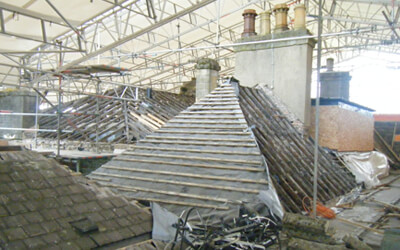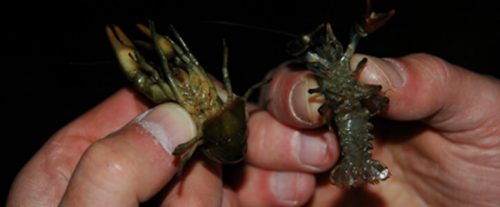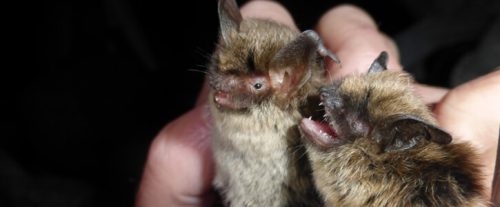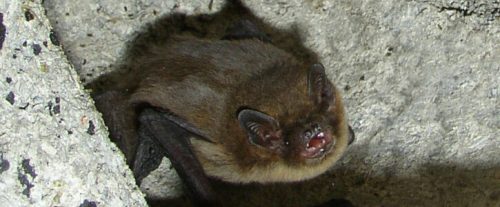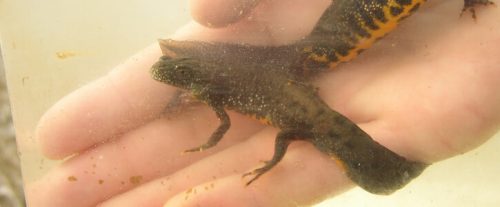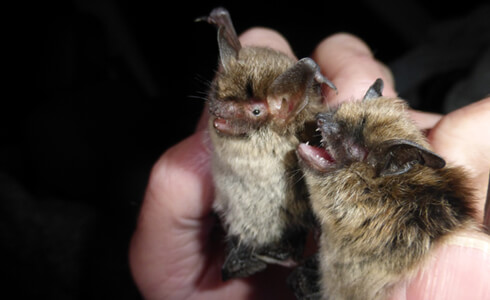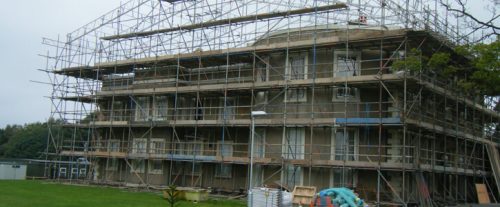In May 2018, Natural England published the results of a recent consultation on its plans to charge for issuing licences – both survey licences and mitigation licences for development. GSL Ecology responded to the consultation opposing the proposed charges because we do not believe that they will result in a better licensing service, and believe there will be a negative outcome for wildlife and for our clients. However, Natural England plans to introduce charges for issuing a range of licences and these will increase costs for our clients (e.g. Natural England plan to charge £700 to issue a “non-complex” great crested newt mitigation licence, and £101 per hour for the time taken to assess a complex one). Details of proposed charges can be found https://consult.defra.gov.uk/natural-england/wildlife-licence-charges/ If the proposed charges are approved by parliament, probably in October 2018, they may come into force in early 2019 so we encourage our clients to consider the cost implications for their projects and, where possible apply for mitigation licences before the charges come into force. White-clawed crayfish Ark site creation: Yorkshire Dales. View our Crayfish Survey Services The Bat Low Impact Class Licence, or BLICL, is Natural England’s new “light-touch” approach to licensing which saves our clients time and money. To use the BLICL, an ecologist must become a “Registered Consultant” and successful registration is based on “earned recognition”. In simple terms, Natural England assess the individual applying to be registered and only accept those who can demonstrate, though the quality and range of work they have done in the past, that they have the knowledge, experience and skills necessary. Graeme Smart has been a Registered Consultant able since 2014 and was one of the small number of ecologists selected to take part in the initial trial which helped its development. Since 2014, we have found that by using the BLICL we have been able to significantly reduce delays and costs for our clients. The BLICL can be used to cover development works in buildings and structures where the works will impact on the more common bat species, and where the type of roost that will be affected has low conservation significance i.e. roosts other than maternity roosts and hibernation sites. To rely on the BLICL to cover development, a site has to first be registered with Natural England. A site can only be registered by a Registered Consultant, and that consultant should have had some involvement in the initial bat survey work at the site. Contact us to see if we can use the BLICL to save time and money for your project. View our Bat Low Impact Services The New Bat Low Impact Class Licence This new licence is to formally launch in late spring 2015 after candidates to become a Registered Consultant have successfully completed a compulsory 2 day workshop. If you think that the new Bat Low Impact Class Licence might be appropriate for your planned development or demolition please get in touch with us for more details. GSL Ecology carried out one of the largest licensed great crested newt translocation projects in England. Following the late discovery of a large population of great crested newts within a large active limestone quarry and landfill site, we designed a rolling mitigation programme to allow site activities to continue. The programme involved the compartmentalisation of the 190ha site followed by progressive habitat enhancement/creation, coupled with progressive clearance of great crested newts from compartments. Having secured the necessary licence from Natural England, GSL implemented the agreed mitigation between 2004 and 2010 during which time we captured and moved more than 10,000 great crested newts within the site. The project was used as a training site by Natural England to give their staff an understanding of the issues and problems associated with complicated translocation projects on large sites. BCT (The Bat Conservation Trust) and Professor John Altringham and Professor Roger Butlin (Universities of Leeds and Sheffield respectively) have today confirmed the discovery of a “new” species of bat in the UK. Further details of this exciting discovery can be found at: Natural England has recently published new guidance on what constitutes “disturbance” of badgers within a sett. GSL Ecology worked with major commercial property consultancy, as part of a multidisciplinary project team, on a major project in County Durham. This complicated project involved major refurbishment to a listed building, demolition of ancillary buildings, and construction of new state-of-the-art facilities on a secure site funded by the Home Office. Numerous bat roosts were present on site and our surveys identified these in time to allow us to secure the relevant EPS licences make sure the works could proceed to schedule. The mitigation we designed included the construction of a new bat house prior to refurbishment of the listed building and demolition of a modern building containing a large maternity roost. The bat house was successfully, and quickly adopted by bats. We provided on-site supervision of the licensed destruction of bat roost sites during building demolition and refurbishment, and safely removing any bats present and moving them to the new roost sites provided. Other ecological issues we successfully addressed on site included pre-purchase ecological appraisal of the site; extended phase 1 and protected species scoping surveys; bespoke ecological reports to support planning applications; and providing habitat enhancement advice and ecology reports to help the project achieve the maximum Landscape and Ecology Credits possible under BREEAM assessment.Natural England Plans to Introduce Charges for Licences
Creation of a White-clawed crayfish Ark Site in the Yorkshire Dales
GSL Ecology worked with a major mineral extraction company to create a white-clawed crayfish ark site within a former limestone quarry in the Yorkshire Dales.
The creation of Ark sites is now recognised as an essential part of the white clawed crayfish conservation strategy for England and Wales.
The project aims to establish a self-sustaining population of white clawed crayfish in this isolated quarry site, safe from non-native crayfish and crayfish plague.
Other work undertaken on the site included breeding bird surveys; protected species scoping survey; NVC botanical survey; ecological input to site restoration design; and ongoing monitoring of establishment of habitats within the site.

Bat Low Impact Licence saves time and reduces costs
A point well worth considering when commissioning bat surveys is that by using a Registered Consultant to carry out bat surveys, you will keep open the lowest cost route to using the BLICL at a later date if bats are present.The Bat Low Impact Class Licence – Faster and cheaper development licensing?
Graeme Smart, Principal Ecologist and Director at GSL, has been accepted as a candidate to become a Registered Consultant for the new Bat Low Impact Class Licence to be rolled out in 2015. Graeme was one of a small number of consultants selected to take part in the trial to develop this licence in 2014.One of the largest great crested newt translocation projects in England
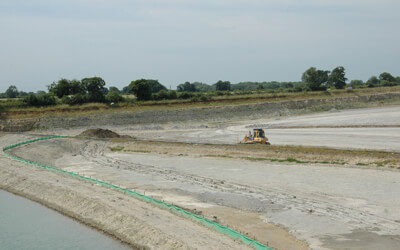

A “New” species of bat for the UK
Alcathoe’s bat (Myotis alcathoe) has been found at swarming sites (sites where bats gather to mate in the autumn before going into hibernation) in the North York Moors and in Sussex but is likely to be present elsewhere in the UK. The wide separation of the sites where it has been found strongly suggests that the species is not a new arrival but has been present, but unidentified, for some time. Alcathoe’s bat is very similar to whiskered and Brandt’s bats (two species which are themselves almost impossible to differentiate in the field) and its similarity to these species has meant that it has simply gone unnoticed in the past.
http://www.bats.org.uk/news.php/75/new_bat_species_found_in_the_uk
and at
http://www.leeds.ac.uk/news/article/786/bat_species_discovered_for_the_first_time_in_uk
Genetic analysis led to the discovery of Alcathoe’s bat but developments in detector technology are also advancing our knowledge of bats in the UK all the time.
Now, I wonder what odds the bookmakers are giving on Northern bat (Eptesicus nilssonii) being found as a native in the next few years?New Guidance on Badger Disturbance
View our Badger Survey Services
This is available to download at www.naturalengland.org.ukLicensed bat work and ecological appraisal for BREEAM assessment.

